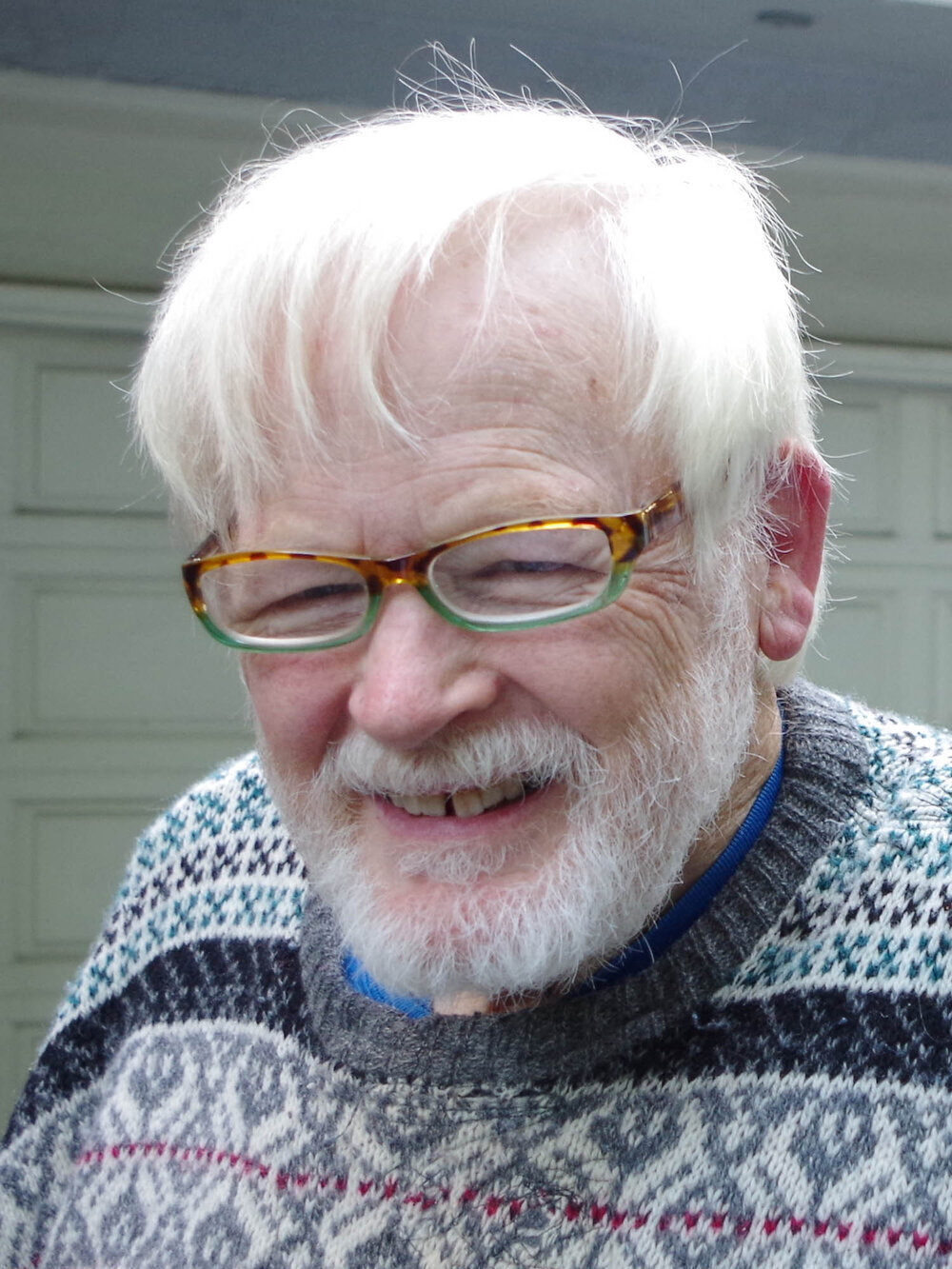Remembering craftsman and artist Leslie Keighton
To the Editor,
Fifty years ago, nearly to the day, my family and I moved to the house on Ogden Avenue where we have lived ever since.
Leslie Keighton
Already 80 years old, the shingles on this house needed attention. We made an appointment with a well-regarded painter who worked and lived in town, Leslie Keighton, and hired him. Thus began a transaction that became an enduring friendship, one that achieved the preservation of mouldings, sashes, plaster, shutters, and shingles. For Leslie Keighton was a craftsman, a restorer, a perfectionist. And an exceptional human being.
We soon learned that Leslie took his time. To do it right, every single shingle had to be taken down to the wood. This meant washing the accumulated grime of 80 years and hand-sanding until the cedar was exposed. Only then could painting begin.
Leslie worked alone, dragging his equipment up as he climbed to the roof. He worked steadily and silently, standing on the ladder for hours, working his way down. He began in late morning and ended at dusk, with few breaks, usually to move the ladder. He would accept a cool drink or a cup of tea occasionally, then back to work. This project took over nine months. About 15 years ago, Leslie said the shingles again needed attention. We said “carry on.” But now, because of his earlier work, the project finished in a couple of months.
Inside, Leslie’s work was just as particular. He restored a curved chestnut sill and mantle, uncovering the warm luster of the wood. A longer project, our dining room, revealed many fine-line cracks in the pebbled plaster walls. I remember watching as he traced the cracks with his fingers, tapped either side, and put his ear to the wall.
“Problems?” I asked. He smiled. “Nothing too bad. May take a while.”
Weeks later, one of my teenage sons heard us talking in the dining room and bounded in. “What happened?” he yelled. “It looks like a bomb went off!”
Yes, there were quite a few holes in the walls, exposing the lathe beneath. The drop cloth told it all—a 4 foot pile of crumbled plaster. But Leslie didn’t take offense at the remark. Instead he laughed and laughed, the deep and joyful sound he was well known for. And as we had learned, this ability to savor the moment, to be in life and be grateful for it, was one of his outstanding characteristics. It tells us why he could stand on a ladder for hours at a time, relishing the arduous and painstaking work of preserving an old wall of shingles, of giving it further life. All artists have visions, objectives, whether conscious or not. I believe Leslie had them. He didn’t talk about them, at least to us. He was both open and private. But meticulous care and attention, the love given to the work itself, is common to all artists.
Thank you, Leslie, for giving us the gifts of your vision.
Judith Pagliaro
Swarthmore



